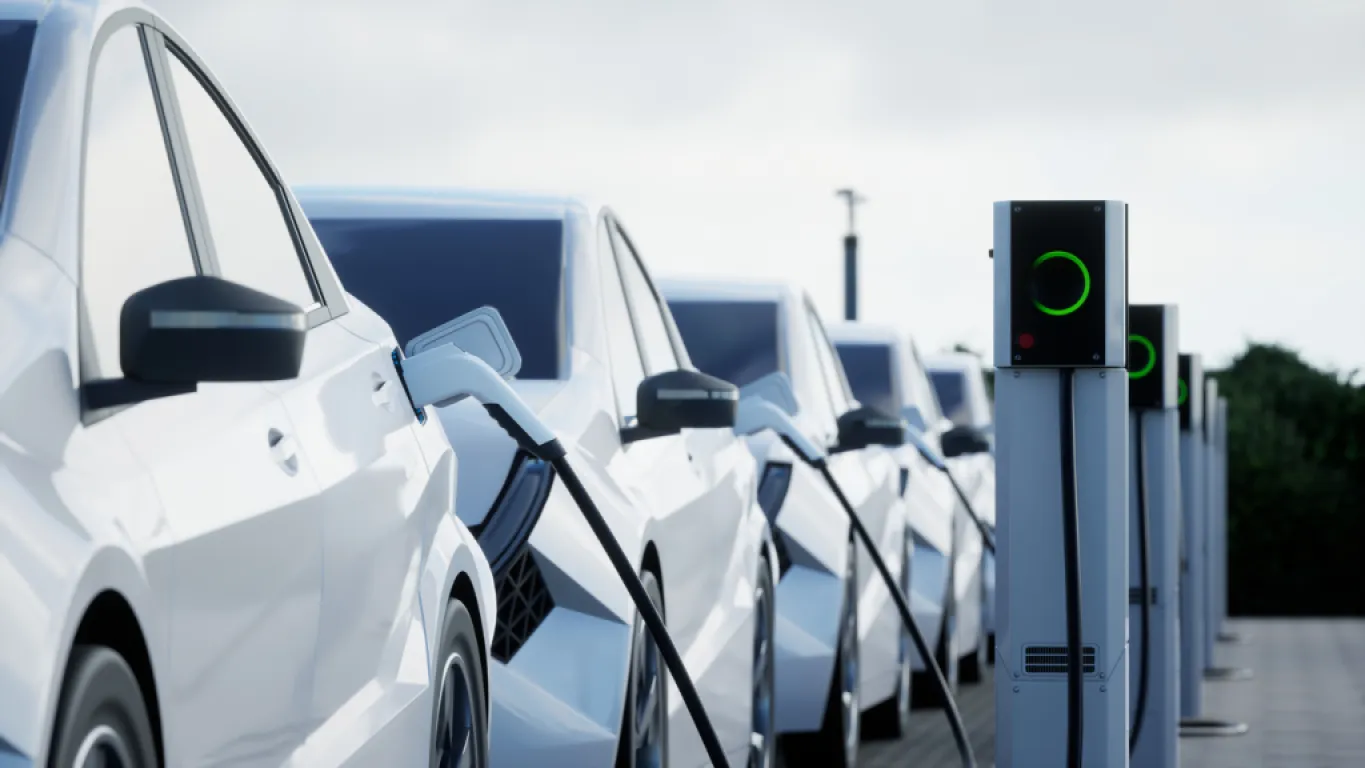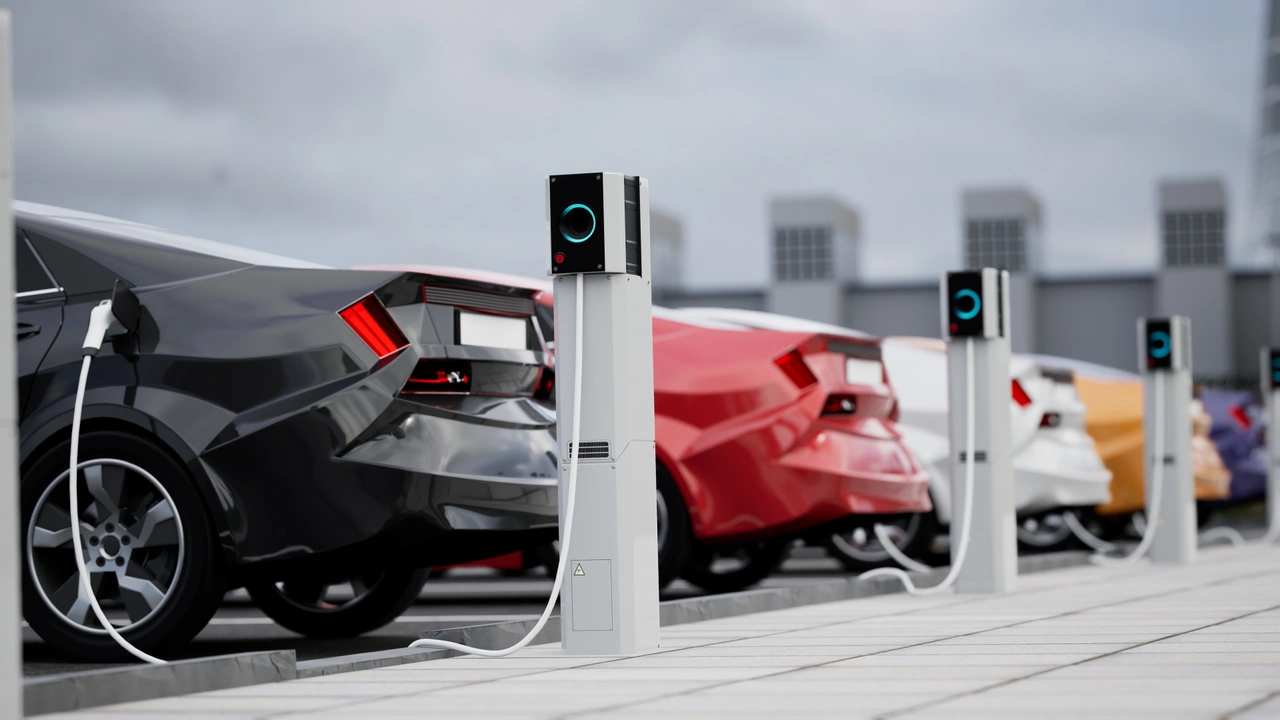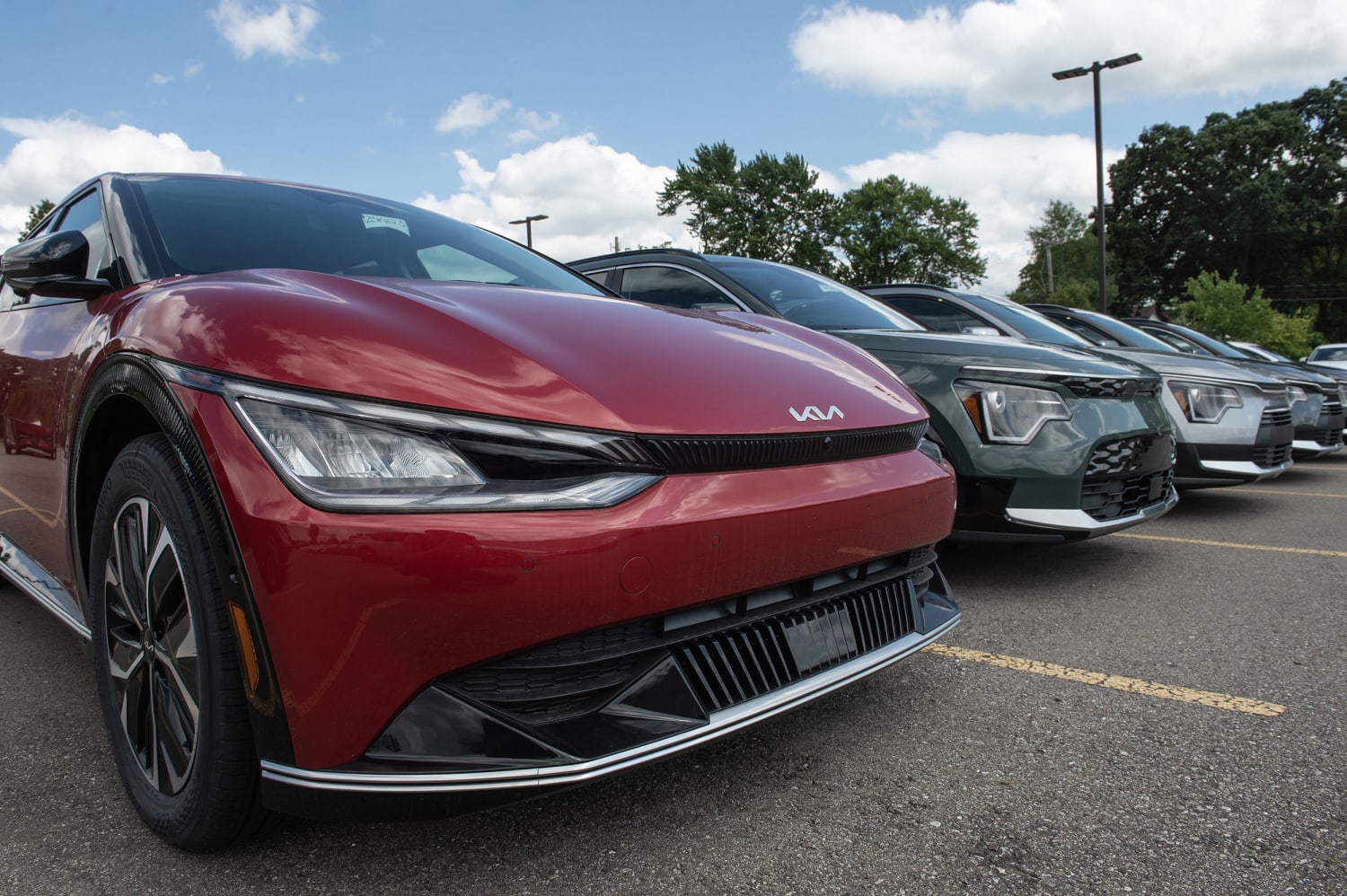Electric vehicles (EVs) are becoming increasingly popular, with about 1.3 million sold in 2024. However, many potential buyers are hesitant due to factors like economic uncertainty, fluctuating interest rates, evolving EV tax credits, and the high cost of vehicles.
This article provides an in-depth analysis of whether you should buy an EV now or wait, considering key aspects like costs, supply, tax incentives, and loan rates. Understanding the benefits and drawbacks of purchasing an EV at this moment will help consumers make an informed decision that aligns with their financial and lifestyle needs.
When considering the purchase of an EV, it is important to differentiate between different types of electrified vehicles. This discussion focuses on fully electric vehicles powered solely by batteries charged from an external electric source.
It does not include plug-in hybrid electric vehicles (PHEVs) or traditional hybrid electric vehicles (HEVs), which still rely on gasoline engines. Unlike hybrids, EVs require a charging infrastructure and offer a completely emissions-free driving experience, making them a preferred choice for those seeking sustainability.
EV Prices and Incentives Balancing Affordability Variety and Future Market Shifts
Currently, the average price of a new EV in the U.S. exceeds $55,000, making them as expensive as many luxury vehicles. Some more affordable options under $40,000 include the Nissan Leaf, which is priced at $29,280, the Hyundai Kona Electric at $34,325, and the Chevrolet Equinox EV at $34,995.
While some manufacturers, like Tesla and Nissan, have lowered prices, many EVs remain out of reach for average consumers. Tesla, for example, has cut prices on the Model Y, Model X, and Model S, and some models now qualify for the $7,500 federal tax credit. Despite these price reductions, EVs are still more expensive than comparable gasoline-powered vehicles, which is one of the main barriers to widespread adoption.
To attract buyers, car manufacturers are offering incentives. Recent data shows that average incentives for new EV purchases have reached 13.7% of the transaction price, doubling compared to a year ago. These discounts help make EVs more affordable and accessible to a wider audience. However, it is uncertain whether these incentives will continue in the future, adding another factor to consider when deciding to buy.
Despite the growing number of EV models, the variety still does not match that of gasoline-powered vehicles. Brand loyalty also limits options, as some automakers, like Buick and Infiniti, have yet to release EVs.
The limited model selection may be discouraging for consumers who have specific brand preferences or are looking for certain features in their vehicles. However, nearly all manufacturers plan to expand their EV lineup in the near future, meaning buyers who wait may have more options.
Some automakers have even adjusted their long-term EV strategies. For instance, Volvo recently scaled back its plan to transition to an all-electric lineup by 2030.
This indicates that while the market is shifting towards EVs, the pace of change may be slower than initially anticipated. For consumers, this means that waiting a year or two may provide access to a more diverse selection of EVs with improved technology and performance.

Also Read: Top 10 Affordable Electric Cars You Can Buy in 2025
EV Availability Improves as Supply Chain Issues Ease and Incentives Boost Affordability
Supply chain issues, including a microchip shortage, previously limited the availability of EVs. However, inventory levels have now returned to normal. This, combined with incentives and tax credits, makes it easier to find EVs at more competitive prices.
Unlike previous years, when long waitlists and markups were common, EV buyers today have more negotiating power. As more automakers increase production, the supply of EVs is likely to remain stable, which could further influence pricing trends in the coming years.
The government offers incentives to encourage EV adoption. Some new EVs qualify for a $7,500 instant rebate, while used EV buyers may be eligible for up to a $4,000 tax credit. However, eligibility depends on several factors. Income limits apply, with individuals needing to report an adjusted gross income of $150,000 or less to qualify.
Those filing as head of household must not exceed $225,000, and joint filers must remain under $300,000. Price restrictions also apply, with a cap of $55,000 for cars and $80,000 for trucks and SUVs. Additionally, the EV must be assembled in North America, with specific restrictions on battery materials unless the vehicle is leased.
The future of these tax credits remains uncertain. With political changes on the horizon, there is no guarantee that the current incentives will remain in place. Some policymakers have expressed opposition to federal EV tax credits, meaning that potential buyers should take advantage of these incentives while they are still available.
Interest rates significantly impact the cost of financing a vehicle. The Federal Reserve is considering lowering the federal funds rate in 2025, potentially leading to lower car loan rates. Currently, new auto loan rates average 8.9%, while used auto loan rates average 13.5%.
The average monthly payment for a new car is over $750. While some rate cuts are expected, they may not be as substantial as originally predicted. Buyers might benefit from waiting, but rates are unlikely to drop dramatically.

Weighing the Pros and Cons of Buying an EV Now or Waiting
There are several benefits to buying an EV in the current market. Interest rates may drop, making financing an EV more affordable. Many automakers are also offering generous incentives, especially for 2024 models, making it possible to find an EV at a more competitive price.
Additionally, certain models still qualify for the $7,500 federal tax credit, which may not last indefinitely. Inventory levels are also higher than in recent years, meaning dealers may be more willing to negotiate lower prices.
However, there are also reasons to consider waiting. Range anxiety remains a concern for some buyers, even though EV ranges have improved significantly in recent years. Those who wait may find even longer-range options available in the future.
Prices and interest rates are still relatively high compared to pre-pandemic levels, which may make waiting a more attractive option for those not in immediate need of a new vehicle. Depreciation is another consideration, as studies have shown that EVs depreciate faster than gas-powered vehicles, making resale value uncertain.
The variety of available EVs is still limited, and while new models are being introduced, they do not yet match the extensive selection of gasoline vehicles. Additionally, concerns over battery degradation persist, as research indicates that EV batteries degrade by about 2.3% per year, which could impact long-term value.
If budgeting is a primary concern, buying an EV sooner rather than later may be a smart decision. The variety and supply of EVs have improved, and while sticker prices remain high, manufacturer incentives and federal tax credits make many models more affordable.
However, the political climate could change EV tax incentives, and interest rates may not drop significantly. If you’re considering an EV, test drive one to see if it fits your needs, ensure you can charge it conveniently, and assess whether incentives and financing align with your budget.
Ultimately, whether you buy now or wait depends on your financial situation, needs, and risk tolerance for potential future market shifts. If you find a good deal that fits your budget and lifestyle, making the switch to an EV now could be the right move.
Also Read: 10 Best Plug-In Hybrid SUVs for Fuel Savings

